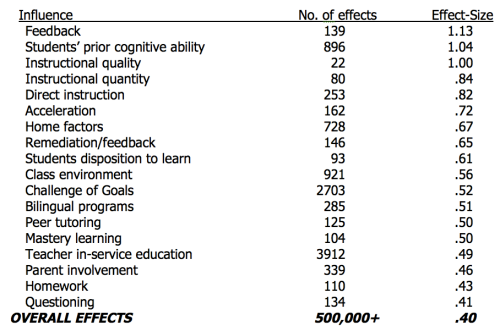
A very Happy belated New Year to you. If you’re reading for the first time then you are very welcome! Over 10,000 busy teachers visited last year from countries all over the world. Hopefully, you found something useful. Anyway, to kick off this year, here are 5 things you can try tomorrow.

Photo Credit: Ekspresevim Flickr via Compfight cc
Vocab Sheet/Knowledge Organiser Dice Quiz
Some schools have vocabulary sheets, some have knowledge organisers. Get some 12 sided dice and set 12 chunks/items for students to test each other. They need to produce the Spanish for this activity to be most effective. Students test each other on 5 things. My year 8s are working through a foods topic so the phrases they were testing each other on primarily concerned restaurants.
- 3pts – perfect recall without help.
- 2pts – needed sheet to prompt
- 1pts – needed sheet but not correct
- 0pts – silent response
Quick run-through:
Harvey rolls dice, rolling a 9. He looks at the screen. His partner Lewis has to do task 9. Lewis reads task 9. “Order a dessert”. Lewis consults his vocabulary sheet and says “quiero un helado de chocolate”. Lewis has achieved 2 points. He then rolls the dice for Harvey.

Double chance to win bingo
Students divide a mini-whiteboard into 6. They put three adjectives and three nouns into the spaces. This worked best with school subjects and opinions. Bingo was one of the go-to games for my German teacher in year 7. I find doing it this way forces learners to listen to more of what you say. I guess you could do it with 9 squares and alter the verb too. The Year 7s loved it this week.
me gusta la geografia porque es útil

Bomb Defusal
Using a writing frame, put a sentence from it on a mini-whiteboard. Learners have 10 opportunities to defuse the bomb or a set time limit using this website. Very simple guessing game but actually allows you to check their pronunciation of the target structures. Make it more interesting by having the first person pick the next person, who picks the next person. Or use a random name generator.

Live Marking
This was sold to me a year or so ago as a way to “dramatically reduce your marking load”. This idea from a history teacher was that you went around the class adding comments to kids work such as “how could you develop this point further?”. The kid then had to respond instantly. In humanities subjects I can see it being effective. I came up with a variation recently designed to help a class that are not particularly confident speakers.. Here’s how it works:
- Find a text in TL (textbooks are great for this).
- Work student by student having them read out the text – no prior preparation.
- With each student write a quick note in their book on their speaking. Here are a few examples:
- 15/1 Speaking: “superb today – no issues.”
- 15/1 Speaking: “check words with LL otherwise fine.”
- 15/1 Speaking: “check words with “CE.”
- 15/1 Speaking: “pronunciation fine, now try to sound more confident.”
- If you feel that they need to respond in some way, write out a series of words containing the target sound and work through them with the student. Or get them to redo the line.
Students seemed motivated by it and seem more confident as a result. As a teacher, it is quick simple feedback and if a response is needed then you can do one very quickly! It takes very little time to do a whole class.
Sense/Nonsense Listening
This is a really simple warm-up activity prior to a recorded listening on a similar topic. Recently year 8 working through the food topic and have arrived at restaurant situations. This one was a bit of a “off the cuff” thing. Read out a sentence. Students have to listen carefully and decide if it is “sense” or “nonsense” based on vocabulary they have covered recently.
- De primer plato quiero una tortilla española con helado de chocolate.
- De segundo plato quiero una sopa de manzana.
- De segundo plato quiero un filete con patatas fritas.
- Por la mañana juego al fútbol con mis amigos
- A las dos de la noche juego al baloncesto
- me gusta el inglés porque es interesante
- No me gusta el teatro porque es divertido
The possibilities are endless.







